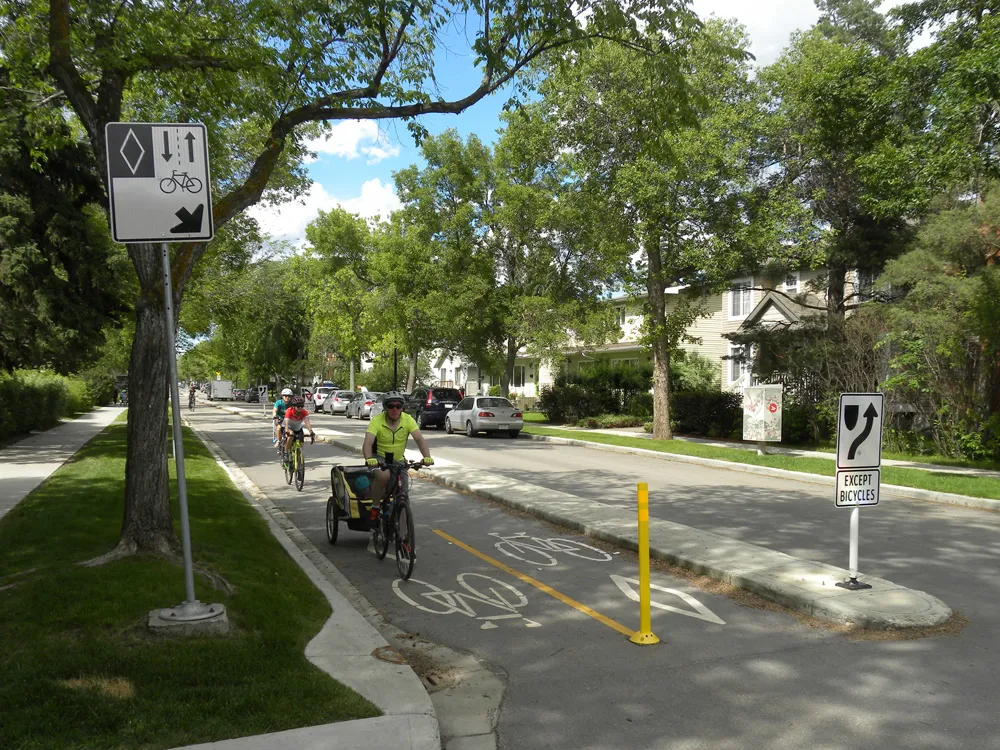Cyclists using a busy intersection in Bournemouth, UK, are benefiting from an in-road cycle detection solution installed at the traffic signals. The intersection joins a major route into the city centre and experiences high traffic flows throughout the day.
A designated cycle lane was installed along with an advanced stop line and an M100BR bicycle detection system supplied by Clearview Traffic. The M100BR works in conjunction with the traffic signals to detect cyclists approaching the junction. When a
January 16, 2014
Read time: 2 mins
Cyclists using a busy intersection in Bournemouth, UK, are benefiting from an in-road cycle detection solution installed at the traffic signals. The intersection joins a major route into the city centre and experiences high traffic flows throughout the day.
A designated cycle lane was installed along with an advanced stop line and an M100BR bicycle detection system supplied by557 Clearview Traffic. The M100BR works in conjunction with the traffic signals to detect cyclists approaching the junction. When a cyclist is detected in the designated area, a demand call is generated at the traffic signal control system, providing priority to join the main road.
The M100BR has been designed to detect the presence of a bicycle within a defined zone and differentiate it from other forms of traffic. It uses the same wireless communications infrastructure and protocols as the popular M100 wireless vehicle detection system and is easily retrofitted at junctions where the M100 system is already deployed.
A designated cycle lane was installed along with an advanced stop line and an M100BR bicycle detection system supplied by
The M100BR has been designed to detect the presence of a bicycle within a defined zone and differentiate it from other forms of traffic. It uses the same wireless communications infrastructure and protocols as the popular M100 wireless vehicle detection system and is easily retrofitted at junctions where the M100 system is already deployed.










